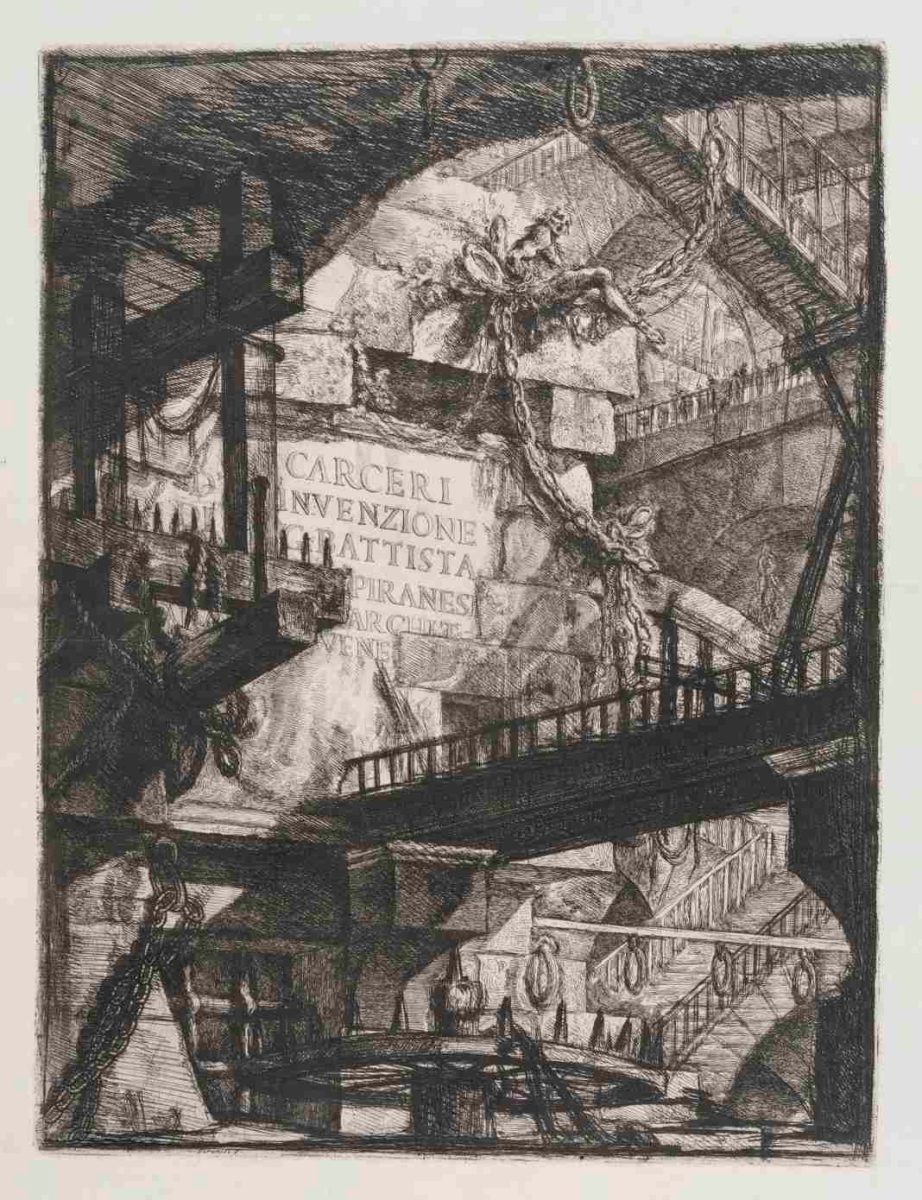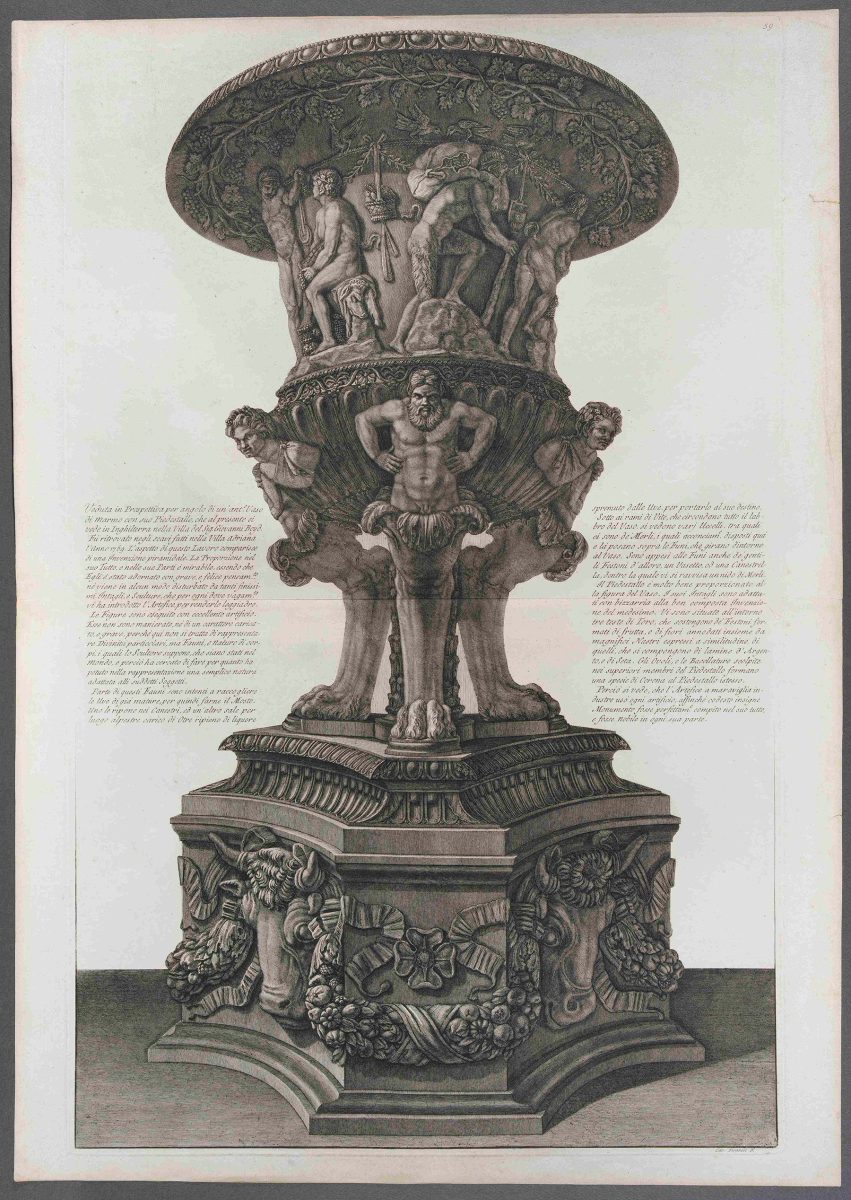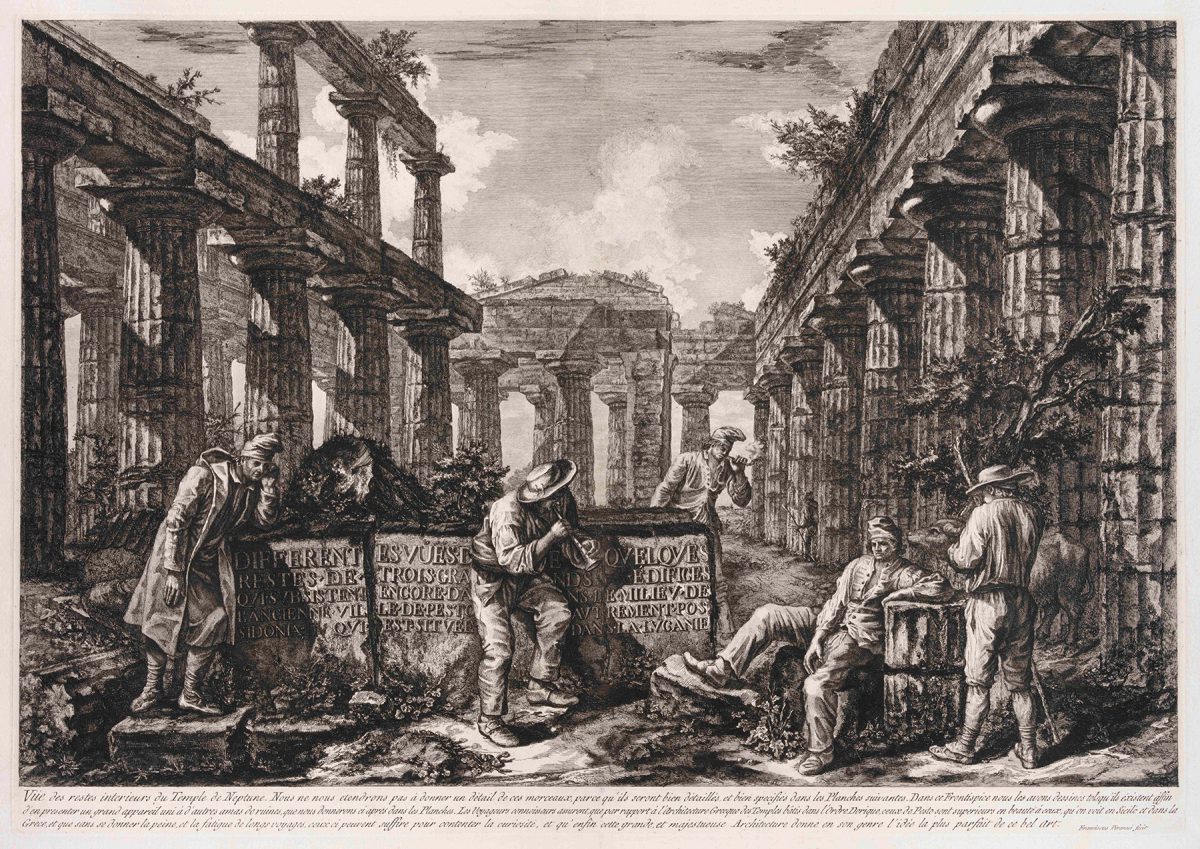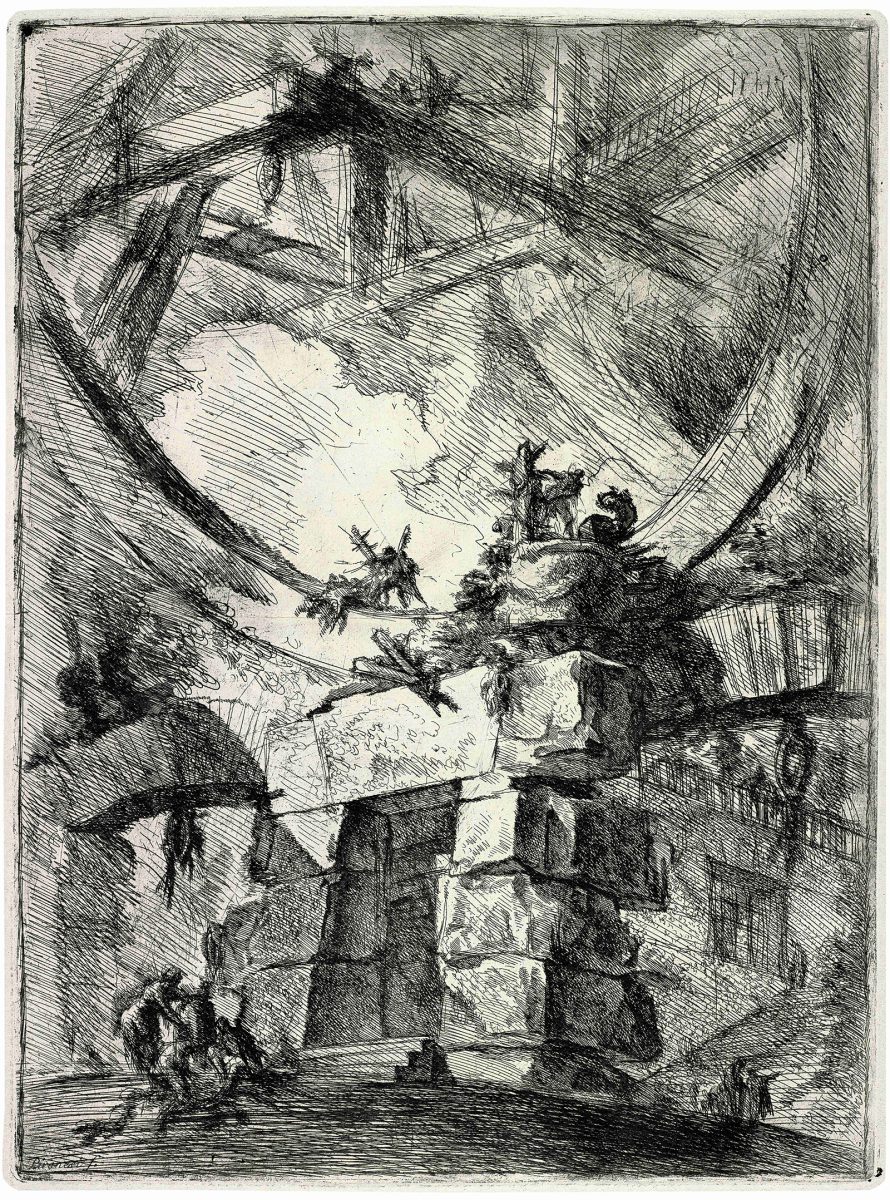The "black brain of Piranesi" as Victor Hugo described it in his poem "Les Mages" exerted a considerable influence on not only the Romantics, but also earlier artists and writers at the end of the eighteenth century. Piranesi’s "gaping furnace / where the arch and the sky mingle, / the staircase, the tower, the column" fascinates many today, too, whether artists themselves or merely admirers of the Italian’s architectural visions. The collection of the Fondation William Cuendet & Atelier de Saint-Prex gathers more than 170 prints by Piranesi. Recent acquisitions include 16 plates from the 1761 edition of the Carceri d'invenzione series (Imaginary prisons), a very rare paperback album containing 27 plates from Opere varie di architettura (Various works of architecture) and 55 plates from the 1778 series Vasi, candelabri, cippi, sarcofagi, tripodi, lucerne ed ornamenti antichi (Vases, candelabra, memorial stones, sarcophagi, tripods, lamps and antique ornaments). The Palézieux collection, donated in 2005, includes 14 plates from Piranesi’s Vues de Rome, 21 plates from his Vues de Paestum, 30 plates from his Antichità romane (Roman antiquities) and 4 plates from his Grotteschi (Grotesques) series.
Although the legendary figure of Piranesi is inextricably linked with the magnificence of Rome and its ruins, the famous engraver was born in Venice in 1720. The young Piranesi first trained as an architect with his uncle, but his education seems to have been interrupted by a lack of new building projects in Venice, and he then studied etching in the workshop of the engraver Carlo Zucchi. When the twenty-year-old Piranesi arrived in Rome in the Venetian ambassador's suite, he was amazed to discover the ruins of Antiquity. He joined the studio of the Sicilian engraver Giuseppe Vasi and began to produce his first vedute of the city, which became popular among tourists visiting Rome. But Piranesi's real breakthrough came with the publication, around 1750, of his Carceri d'invenzione (Imaginary Prisons), a series of fourteen plates that were as fascinating as they were frightening. Demonstrating both Piranesi’s mastery of chiaroscuro and his overflowing inventiveness, the series had a profound effect on the European imagination. His passion for Antiquity led him to deep study of archeology, which he demonstrated in his numerous prints of Roman ruins in the collection Antichità romane (1756). His knowledge of architecture, combined with his mastery of etching, give his views of the city (collected in the posthumous Vedute di Roma) a documentary and historical value of the highest order. In 1757, Piranesi was admitted to the Académie de Saint-Luc, the most prestigious association of artists in Rome. He was a renowned artist who was highly regarded by the powers that be, particularly under the papacy of the Venetian-born Clement XIII (r. 1758-1769). A tireless worker, Piranesi produced a monumental body of work (his catalogue raisonné includes more than 1,000 engravings) before dying in 1778 at the age of fifty-eight.




